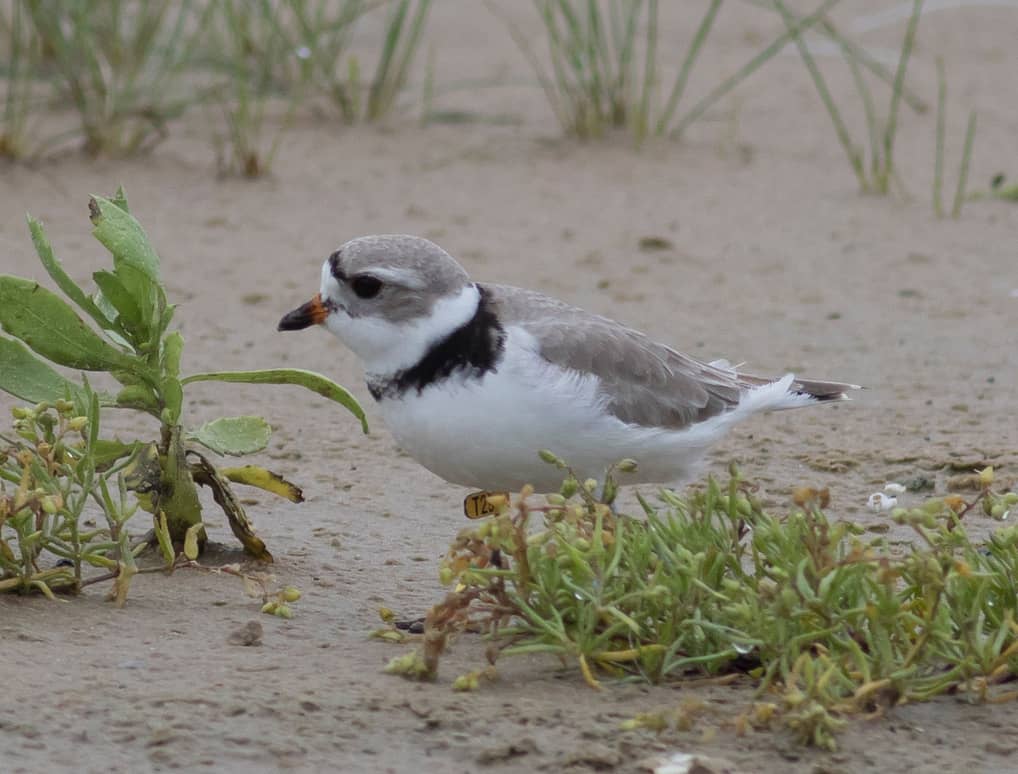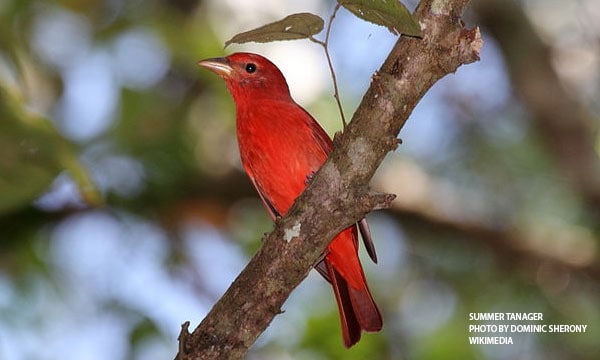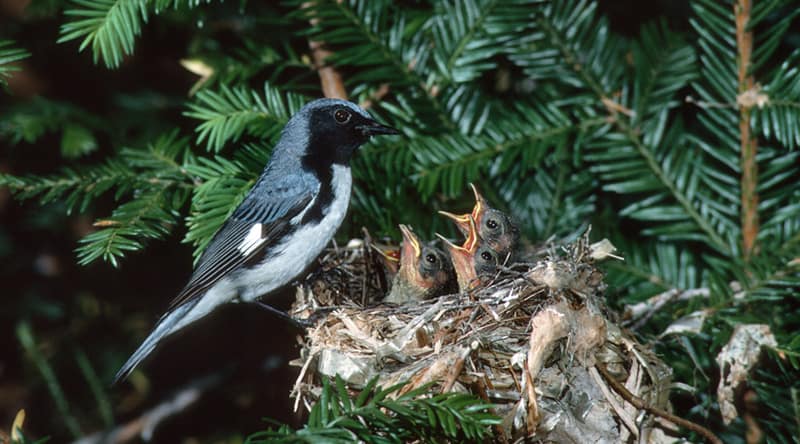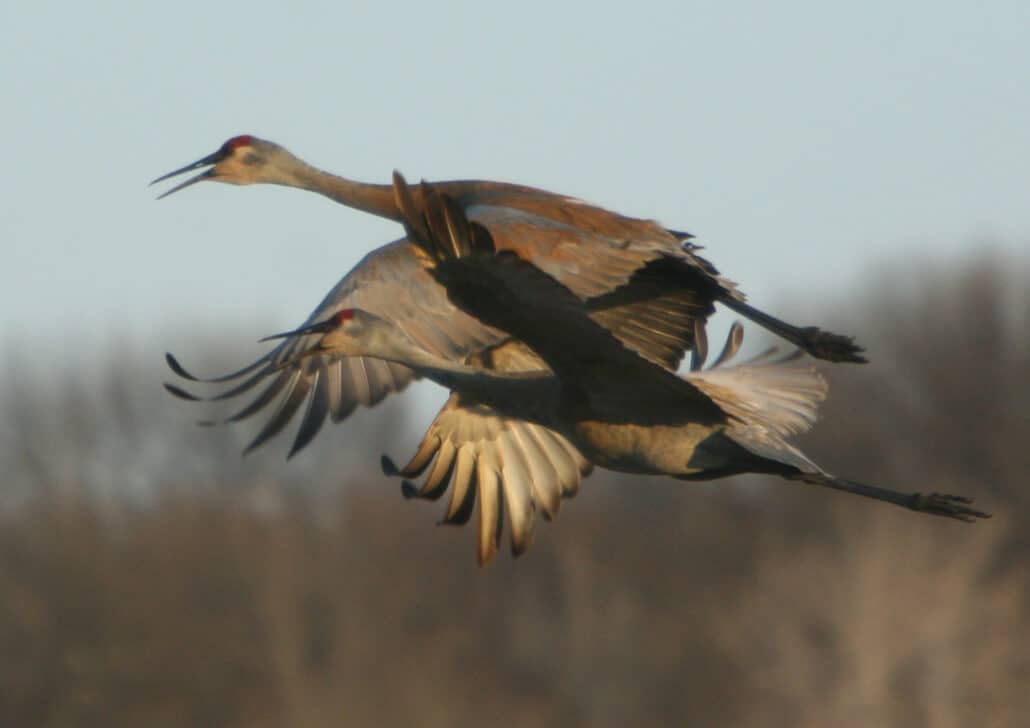Shore-to-shore Birding.
The coastal barrier islands of this expansive seashore region—the Florida panhandle—sit at the confluence of two flyways: the Atlantic and the Mississippi. The Gulf Island National Seashore contains an “extremely high diversity of [bird] species, [as a] result of its size, location, and diversity of habitats,” according to Audubon. That’s great news for birders who plan calendars around migration patterns! Some 300-plus bird species live in and pass through the Perdido Key area over the course of the year. As our country’s longest stretch of protected coastline, the dunes, beaches, rivers, bays, bayous, marshes, and forests are havens for songbirds, waders, waterfowl, birds of prey, shorebirds, and more.
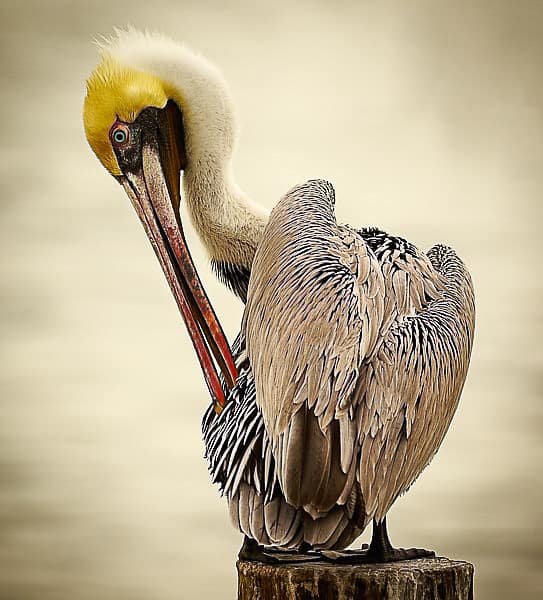
Perdido Key State Park is 247 acres of pristine island wilderness and beaches stretching along an intracoastal waterway to the north and the Gulf of Mexico to the south.
BIRD TRAILS
Access to the beaches via boardwalks protects nesting species while allowing visitors intimate views of life in the dunes. There are four entrances to the Gulf side, two with ample parking, covered picnic areas, and restrooms. Midway through the park on Florida Route 292, stop by the Perdido Key Chamber of Commerce office for information. Ask about the availability of approved walking trails on the waterway (northern) side of the island.
BIRD LIST OF PERDIDO KEY STATE PARK
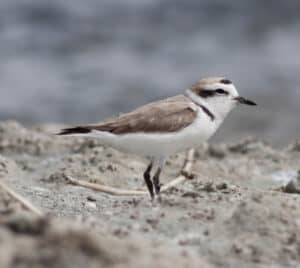
- Snowy plover
- Piping plover
- Semipalmated plover
- Red breasted merganser
- Black skimmer
- Willet
- Bald eagle
- Osprey
- Brown pelican
- Ruddy turnstone
- Sanderling
- Laughing gull
- Ring-billed gull
- Least tern
- Forster’s tern
- Sandwich tern
- Royal tern
- Fish crow
- Summer tanager
- Scarlet tanager
- Blue grosbeak
- Indigo bunting
- Orchard oriole
- Baltimore oriole
See the NW Florida CHECKLIST and the AREA BROCHURE from Francis M. Weston’s Audubon chapter for detailed information.
ECO-NOTE
Perdido Key State Park is part of the Gulf Islands National Seashore IBA, at the western-most tip of the Florida Panhandle. This area is the largest National Seashore in the U.S. In fact, 80 percent of the protected 98,000 acres lies underwater. It also has the largest breeding populations of snowy plovers in Florida, and is home to the least tern (another species of conservation concern). Piping plovers winter here in significant numbers. Additionally, the area has a high state concentration of nesting ospreys.
Conservation issues include nesting species mortality by vehicles, and feral cat and coyote control. Loggerhead, leatherback, Kemp’s ridley, and green sea turtles nest here. Also, monarch butterflies on their long migration to and from Central and South America stopover in the sea oat dunes of Perdido Key.
Erosion from natural weather patterns, development, and habitat loss remains a top concern.
MUST-SEE AT PERDIDO KEY STATE PARK
The Perdido Key beach mouse. This tiny cuteness recovered from the brink of extinction. It also helped preserve the greater ecosystem on the island.
WHERE TO STAY
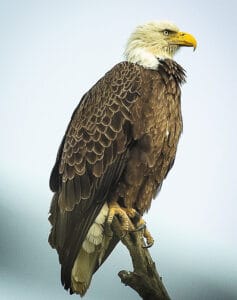
Big Lagoon State Park, located across the Intracoastal Waterway, offers camping (75 sites with full service and pets welcome), five miles of trails, and an observation tower. It is also the western entrance to the Great Florida Birding and Wildlife Trail. Plenty of commercial lodging is available along Florida Route 292 east and west of Perdido Key State Park.

